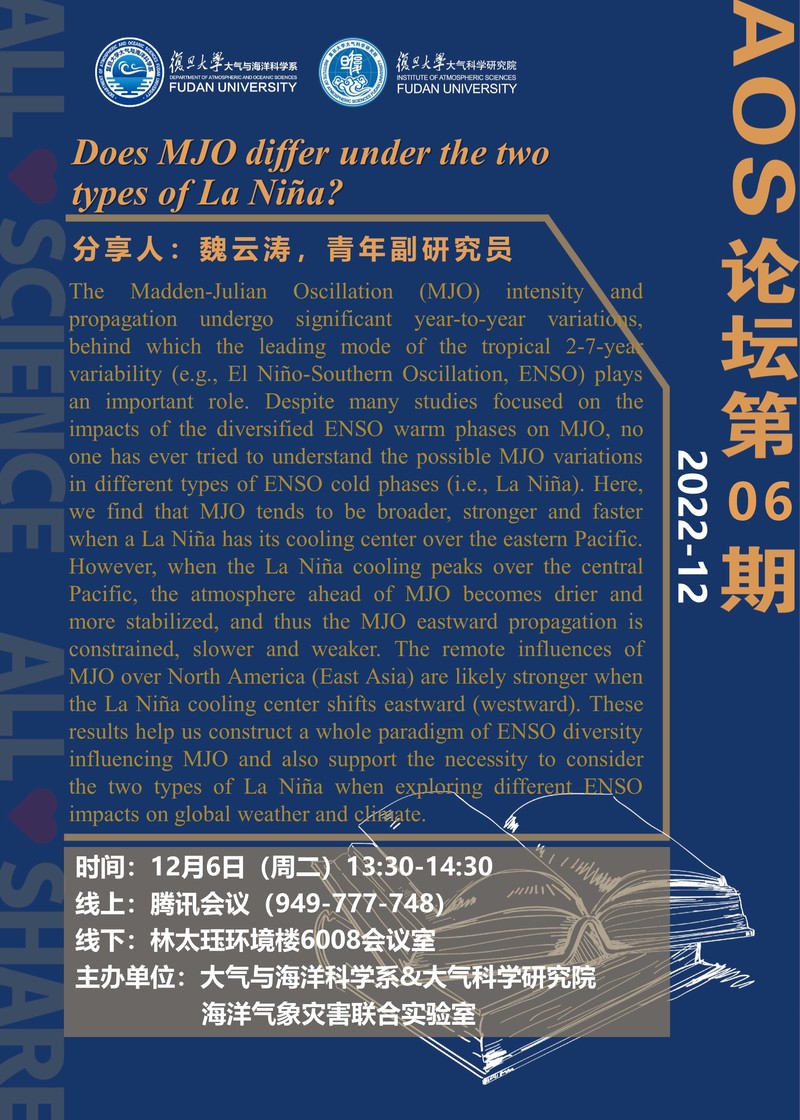|
沐鸣2推荐信誉平台
沐鸣平台注册绑卡有礼,首存豪礼
沐鸣2娱乐开户注册绑卡送好礼,信誉平台
意昂4体育-凯捷招商🔥新平台开业,招商代理,待遇丰厚
意昂3体育注册高赔率,首存豪礼,体育包赔
意昂2体育开户注册绑卡有礼,超高反水,信誉保障
意昂体育平台多种体育赛事,最权威体育游戏平台
🔊🔊🔊沐鸣2提供体育赛事、真人娱乐、电子游艺、电子竞技、棋牌游戏、彩票投注等各类游戏娱乐沐鸣2打造顶级的网上娱乐平台,界面美观,速度快,服务优质,安全稳定,带给您最佳游戏体验。沐鸣2全网最佳信誉平台真诚欢迎您!!!
更多杏彩信誉担保平台


